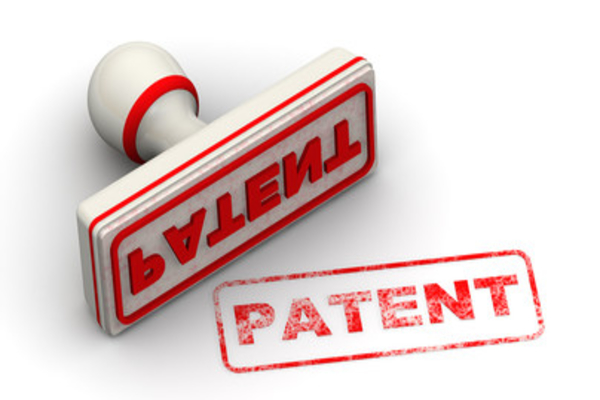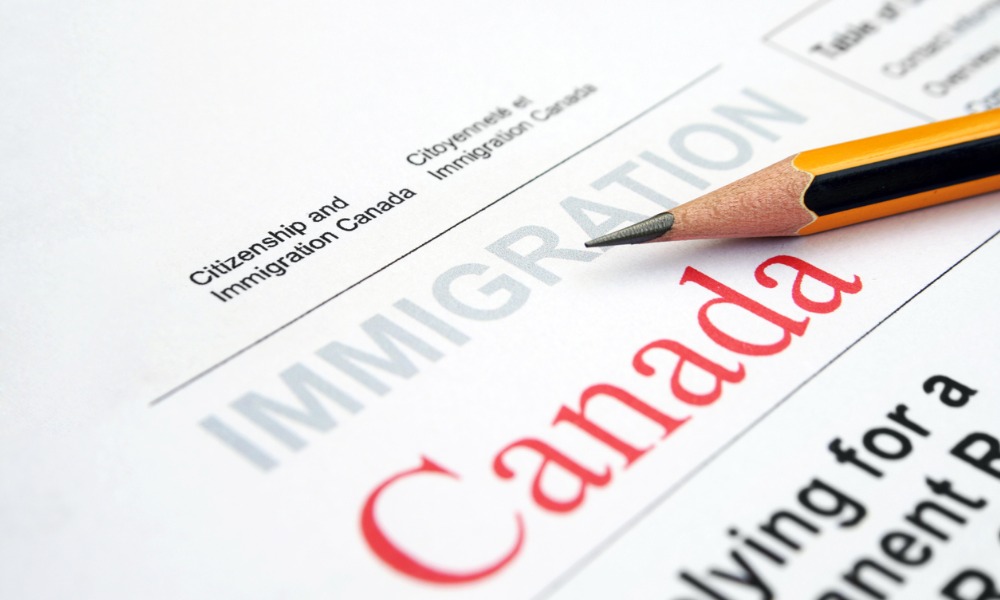
Applying for a patent is a complex and time-consuming process that requires a deep understanding of intellectual property laws, legal procedures, and technical concepts. It involves a series of steps that must be followed carefully to ensure that the application is successful and the patent is granted. This article will provide you with the information you need to navigate the complexities of the patent application process.
Step 1: Conduct a patent search

Before filing a patent application, it is important to conduct a comprehensive search to determine whether the invention is truly novel and non-obvious. This involves searching through existing patents, patent applications, and other relevant literature to identify any prior art that may be relevant to your invention. If you find that your invention is not unique, it may not be worth the time and expense of pursuing a patent.
Step 2: Prepare and file a patent application
Once you have determined that your invention is novel and non-obvious, it is time to prepare and file a patent application with the relevant patent office. This involves preparing a detailed description of the invention, including any drawings or diagrams that may be necessary to illustrate the invention. You will also need to pay a filing fee and any other associated costs.
Step 3: Review and examination
After filing the patent application, it will be reviewed by a patent examiner who will determine whether the invention meets the legal requirements for patentability. This may involve a series of back-and-forth communications between the examiner and the applicant as the examiner raises objections and the applicant responds with amendments or additional information. This process can be time-consuming and may take several years before a final decision is made.
Step 4: Patent grant or rejection

After the examination process is complete, the patent office will either grant or reject the patent application. If the application is granted, the patent owner will have exclusive rights to the invention for a specified period of time. If the application is rejected, the patent owner may appeal the decision or make further amendments to the application to try to overcome the examiner’s objections.
Applying for a patent is a complex process that requires a deep understanding of intellectual property laws and legal procedures. By following the steps outlined above and seeking the guidance of a qualified patent attorney, you can successfully navigate the complexities of the patent application process and secure exclusive rights to your invention.








